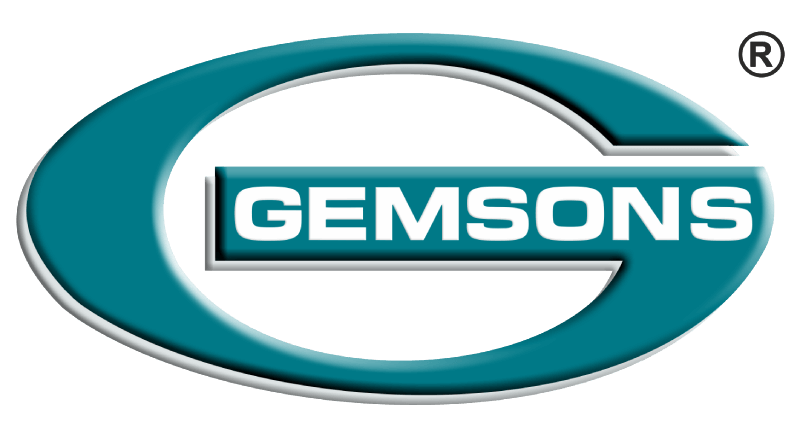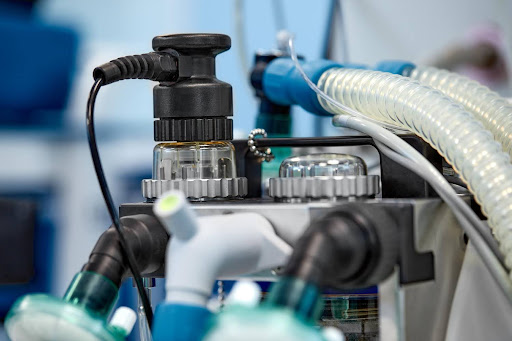In the production of medical devices, cleanliness is a determining success factor. From surgical tools to implants and diagnostic equipment, every part requires multiple levels of deep cleaning to eliminate even the smallest amounts of contaminants. This is where ultrasonic cleaning proves its value.
Understanding Ultrasonic Cleaning Technology
Ultrasonic cleaning uses high-frequency sound waves (usually between 20 kHz and 40 kHz) transmitted through a liquid cleaning solution to produce millions of tiny cavitation bubbles. These bubbles implode upon contact with surfaces, effectively dislodging dirt, grease, debris, and other contaminants, even from complex geometries and hard-to-reach areas.
What makes this type of cleaning so effective is its ability to penetrate small holes, blind cavities, and internal passages, which are standard features in medical components. Unlike traditional manual or spray-based cleaning methods, this technique delivers consistent, repeatable results without damaging the component.
Why It Matters in Medical Device Manufacturing
Medical devices are often used in sensitive environments, such as operating rooms, ICUS, and diagnostic labs. Any residual contamination on these devices, no matter how small, can lead to infections, inaccurate readings, or even device failure. Therefore, maintaining a high level of cleanliness is vital not only for compliance but also for protecting patient health.
Regulatory bodies such as the FDA and ISO have laid down strict cleanliness and sterilisation requirements for medical device manufacturing. Ultrasonic cleaning helps meet these standards efficiently. It ensures that contaminants like oils from machining, polishing residues, and other particulate matter are completely removed before the device goes for sterilisation or further processing.
Applications in the Manufacturing Workflow
In a typical medical device production line, ultrasonic cleaning is integrated after machining, polishing, or any process that introduces contaminants. It is beneficial for parts made from materials like titanium, stainless steel, and plastics that are commonly used in medical applications.
The cleaning process involves multiple stages—pre-cleaning (to remove bulk contaminants), ultrasonic cleaning (for detailed and deep cleaning), rinsing (often in deionized water), and drying (sometimes under vacuum or with filtered air). Each stage is designed to ensure that the final component is free of residues, particles, or film layers.
Advantages of Ultrasonic Cleaning in Medical Manufacturing
Thorough and Precise Cleaning
Ultrasonic waves reach areas where manual cleaning methods cannot. This is crucial for devices with tiny internal features or complex shapes.
Non-Abrasive Process
Medical components often have delicate finishes and tight tolerances. Ultrasonic cleaning does not involve scrubbing or abrasion, which preserves the integrity of the parts.
Time-Efficient and Scalable
Multiple components can be cleaned simultaneously, reducing production bottlenecks. Automated systems can handle large batches, ensuring consistency across all parts.
Environmentally Friendly
Compared to solvent-heavy cleaning methods, ultrasonic systems use water-based or biodegradable solutions, which are safer for workers and less harmful to the environment.
Enhanced Quality Control
With fewer contaminants left behind, ultrasonic cleaning helps in achieving better results during final inspections, coating, or sterilization processes.
Quality Assurance and Cleanroom Standards
A reliable ultrasonic cleaning process requires well-maintained equipment, calibrated systems, and adherence to validated protocols. It’s not just about cleaning—it’s about verifying that cleaning has been done right. This includes particle count analysis, surface tension testing, and visual inspections, which are often performed in controlled cleanroom environments.
Cleanliness must be repeatable and measurable, especially when manufacturing batches of identical components. This repeatability helps in reducing rejects, meeting delivery timelines, and passing regulatory audits with confidence.
Conclusion
As the demand for precision and sterility in medical device manufacturing continues to grow, so does the importance of reliable cleaning technologies. Ultrasonic cleaning has emerged as a trusted solution, ensuring thorough, consistent, and non-damaging cleaning of complex medical components.
Companies that aim to maintain high standards of quality and compliance in this sector must integrate ultrasonic cleaning as a core part of their manufacturing and quality assurance process. One such example is Gemsons Precision Engineering, which has implemented advanced cleaning systems, including ultrasonic technology, to support its commitment to precision, hygiene, and industry standards in medical manufacturing.



Recent Comments